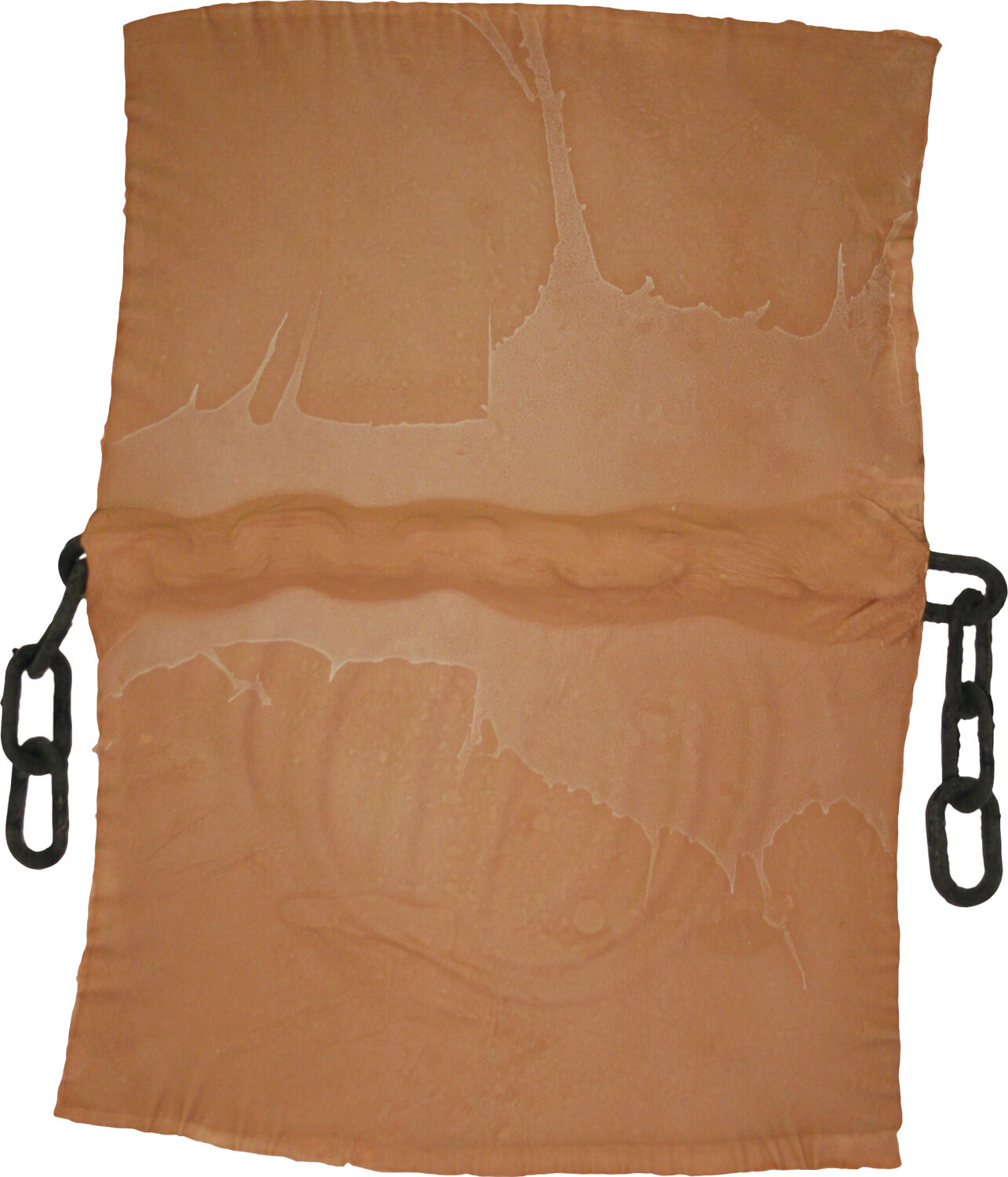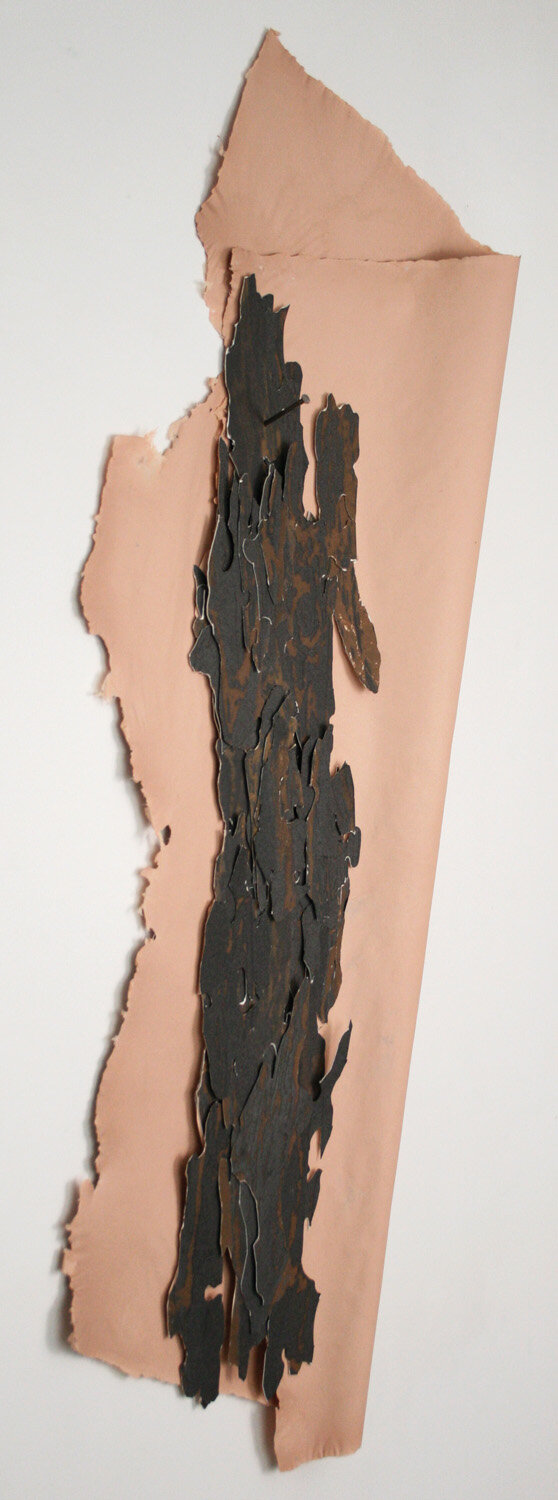Jim Hodges
Jim Hodges
Lab Grant Resident
“Hodge’s new series like this #1-#13 are about color: its plasticity, density, translucence, opacity, boundaries, and edges. Like this can be experienced on many different levels. They can be read as a personal diary of fabrication experiments, color interaction studies, and vibrant graphic compositions that signify the experiential immediacy necessary to create art.
The large multicolored radiating fans and rectangles are the end result of several months of collaboration in Dieu Donné’s studio between Hodges and Master Papermaker Paul Wong. During Hodge’s Lab Grant residency, Hodges and Wong bound artist pigments to abaca pulp so in essence the color becomes the fabricating material.”
About the Artist
Jim Hodges (b. 1957, Spokane, Washington) is an installation artist from Spokane, WA. He received his BA from Fort Wright College in 1980, and his MA from the Pratt Institute in 1986. Since the late 1980s, he has regularly shown his work in the United States and Europe, including at the Whitney Biennial in 2004. Hodges explores the capacity for his materials to elucidate his own creative urges, which can be seen in the wide array of forms his work takes. In 2006, he was awarded a prize by the Association Internationale des Critiques d’art (AICA).
Hodges acted as the chair of the Sculpture Department at the Yale University School of Art from 2011 to 2012. In 2005, his collaborative callboard Don’t Be Afraid, was installed at the Hirshhorn Museum and Sculpture Garden in Washington, D.C. Also in 2005, Hodges created his piece Look and See for Creative Time’s Art on the Plaza. The piece is a massive stainless-steel screen painted with a monotone camouflage pattern. The work was bought in 2007 by the Albright-Knox Art Gallery in Buffalo, NY. A retrospective of his work was presented at the Walker Art Center and Dallas Museum of Art in 2013 and 2014.
Often disarmingly simple or executed with minimal means, Hodges’ works express a sentiment of deeply felt experience and encourage a visceral and communal response. Whether working in materials such as curtains woven from artificial silk flowers, metal chains, glass, or using saliva to create ink transfer impressions on paper, Hodges’ works are inhabited by the presence of the body. Incorporated in his choice of media and articulated in text and image is a narrative of human experience, one of life and death and of the proximity of contingency that affects us all. (Source: Stephen Friedman Gallery and Artnet)


